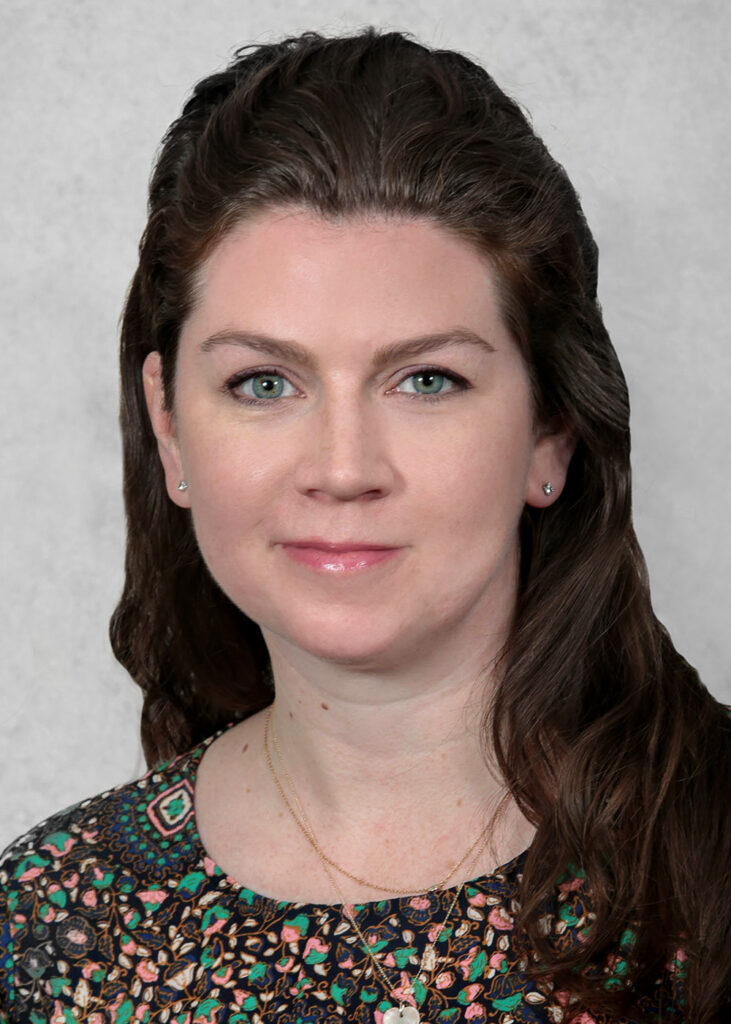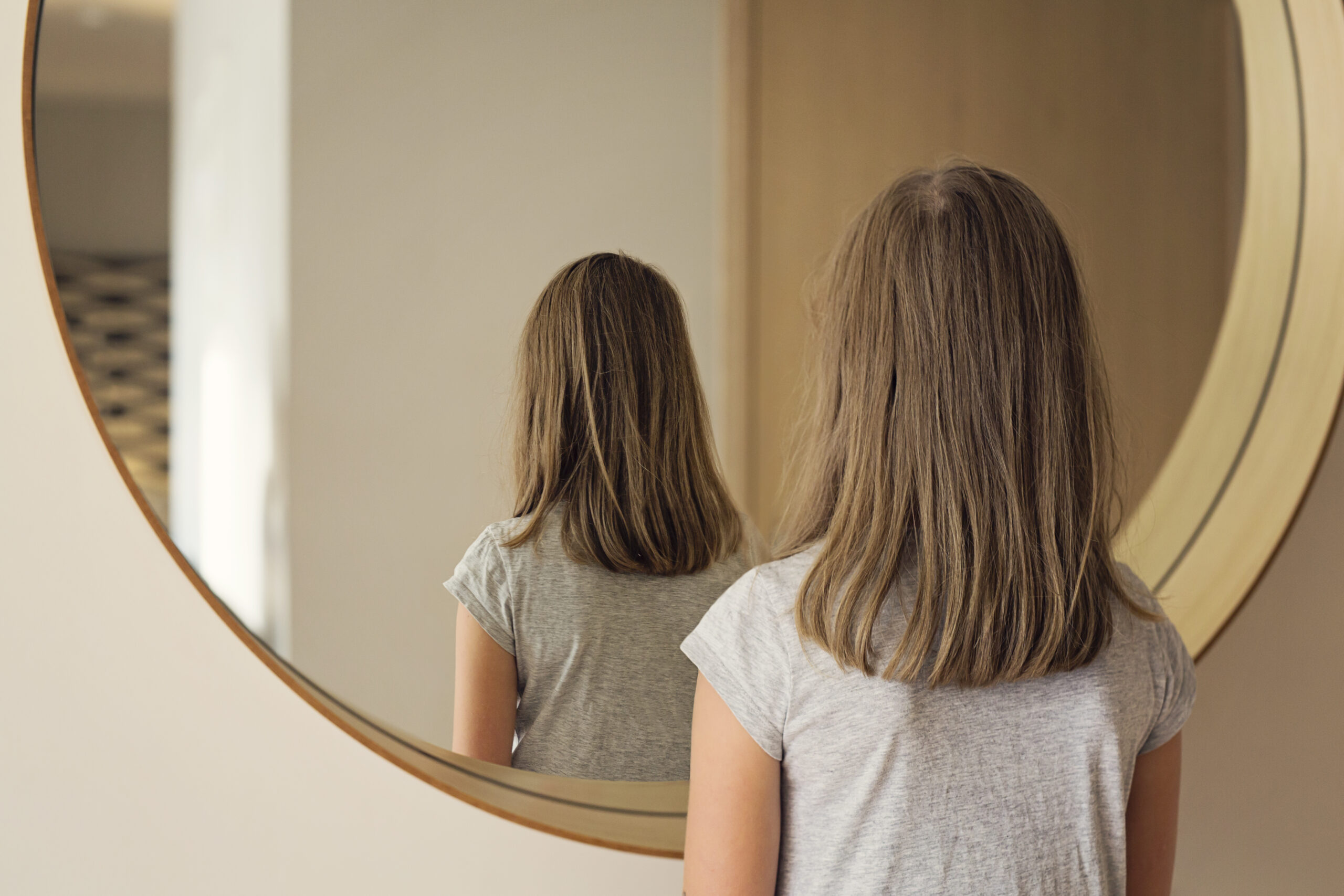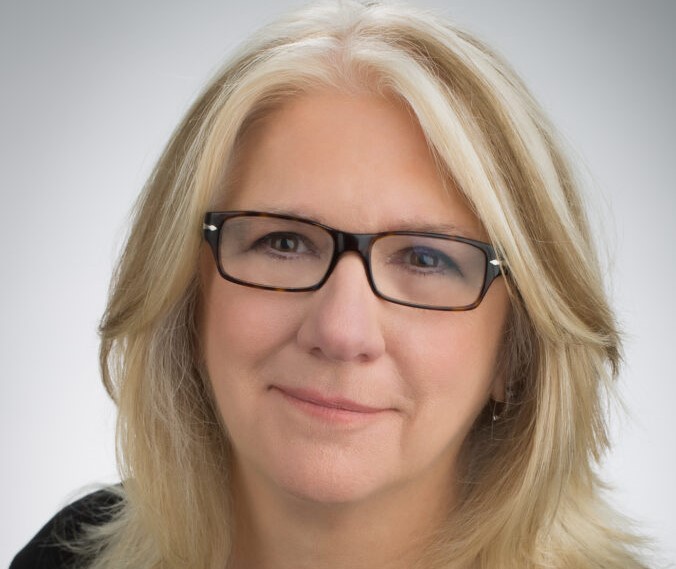But experts say interventions can be successful in treating the anxiety, depression, eating disorders and other mental health conditions that can result
Studies confirm that many Americans have body image issues, with one, by leading research and survey firm Ipsos, finding that a majority of the people in the U.S. are confronting them.
This comes about because of a multitude of things, including, but not limited to social media exposure, peer pressure, societal pressure and mental health difficulties. Body image issues are complex and few are immune to such imagery, especially if social media is a staple in day-to-day life, as social media bombards viewers with images of thin, toned bodies; workout routines; healthy eating suggestions and information on health products; weight-loss products; and health topics such as muscle mass and body fat percentage.
Adolescent girls and women are most likely to have self-image concerns, many studies confirm. According to the National Organization for Women, NOW, a grassroots women’s movement dedicated to multi-issue and multi-strategy approaches to women’s rights, recent studies report that by age 13, 53% of girls say that they are “unhappy with their bodies.” This number grows to 78% by the time the girls reach 17. The same research shows that 50% of teens are self-conscious about themselves. This number drops to 28.7% in women 60 and over.
The NOW research finds that 45.5% of teenagers report considering cosmetic surgery while 43.7% of women over 60 report considering cosmetic surgery as well. Also concerning is the fact that 40% to 60% of elementary school girls are concerned about their weight or about becoming “too fat.” To back this claim, 60% of girls are dissatisfied with their body shape, with 66% reporting a desire to lose weight. NOW also reports that 46% of girls ages nine to 11 report being on diets “very often,” with 82% of those girls saying their families are often on diets too.
Stanford University and the University of Massachusetts have also found that 70% of college aged women feel worse about themselves and their body image after looking at and reading women’s magazines, according to NOW.
Experts say that it is no surprise that women especially are susceptible to other unhealthy conditions as body image issues are one part of a long spectrum. Body image issues affect individuals differently. Therapies and treatments that may work for one person may not work well for another. It is important not only to recognize that factor, but to be able to reach people where they are, which means providing proper help and accommodations to those seeking treatment, according to experts. Many different treatment options are available and limiting time on social media can help, but societal expectations outside of social media norms are still crucial factors. The totality of factors that come into play cannot be eradicated, only eliminated and treated on an individual basis, according to experts.
Clinicians say that the most common body image issue is body dissatisfaction, characterized by negative thoughts and feelings about one’s body. Body dissatisfaction can lead to a range of negative outcomes, including low self-esteem, depression, anxiety, eating disorders and other health conditions. Eating disorders in and of themselves are accompanied by distorted body image and often coincide with the fear of gaining weight. Anorexia nervosa, bulimia nervosa, and binge eating disorders are the most common types of eating disorders. An eating disorder can have a serious effect on a person, resulting in severe physical and psychological consequences.
Research has shown that children as young as five years old have expressed dissatisfaction with their bodies and this can lead to a negative body image as they grow older, as adolescence is a particularly vulnerable time for body image issues. According to Dr. Margaret Mannix, a pediatric psychologist at Hasbro Children’s Hospital, “The job of an adolescent is to explore their identity and figure out who they are.” In her day-to-day practice, Dr. Mannix says that body image issues make up about 50% of her work.

One effective treatment Dr. Mannix employs is cognitive behavioral therapy, a type of psychotherapy in which negative patterns of thought are challenged to alter an unwanted behavior pattern or to treat a mood disorder such as depression. Behavior change is usually not something that comes easily, but the focus of these sessions is not on looks. “The focus is on creating a different perspective, creating a social comparison and looking for practical evidence,” Dr. Mannix says.
For example, an adolescent student athlete cannot be compared to an adolescent student nonathlete, as their developmental rates will be different. In comparing the two groups, adolescent student athletes are more likely to be thinner and more toned than non-athletes. There is a certain amount of normal comparison among adolescents, such as checking growth via growth charts. The key here, however, according to Dr. Mannix, is to discourage the adolescent from turning a normal comparison into an obsession; growth and development happen on their own terms and sometimes that is difficult for adolescents to come to terms with, as they do not have an adequate understanding of the growth and development cycle.
Dr. Mannix believes in a “wellness wheel” approach, taking care of her patients psychologically and mentally while supporting them in the ways they need. While early intervention is not always necessary, it is important to consider the space that body image issues are taking up in an adolescent’s life. This means paying attention to signs of depression and low self-esteem, as well as other factors that can hint to an adolescent hating themselves either in part, such as hating the way that their nose looks, or as a whole person. If body image issues are taking up significant space in an adolescent’s mind and life, treatment is suggested to prevent these issues from spilling over into adulthood.
Dr. Mannix says that “children and adolescents should have a trusted adult, whether that be a teacher or a parent or even someone else in their lives, that they can talk to about their bodies, life, school, and questions or concerns they may have.” She notes that at this age, research skills have not been fully taught and most information is passed through social media, books, word of mouth and potentially an age-appropriate class. These mediums have the potential to cause more questions than they answer and sometimes the topics being presented are multi-messaged and can be confusing.
Research shows that body image issues can also stem far beyond adolescence.
According to Dr. KayLoni Olson, a psychologist and researcher at the Weight Control and Diabetes Research Center at The Miriam Hospital, “There is a general concern over the lifespan about mental health in general, of which there are various distresses and variations.” She agrees that there is a lot of information about what people should look like and even points out that there is evidence that young women absorb this information and, in some way, promote it. “The media is often noted as being a major source of information about body ideals in our society, but many adults mentioned that close relatives, friends and health care providers contribute to this pressure,” she states.

Negative images vary among people, as well as in severity on a mild to significant scale. Those who are on the more severe end of the scale are at a greater risk for body image issues. These issues often come about due to stress and painful experiences, among other factors. The disconnect comes when the value of youth and age are misconstrued with societal expectations. This causes the stress associated with body image issues. Drastic life decisions are typically made at this point and can come in the form of body modifications such as weight loss, liposuction, cosmetic surgeries, breast augmentations and more.
Dr. Olson notes that treatments to address body image are less well-understood among adult samples compared to the younger populations. This likely stems from the fact that body image has been viewed by many as an issue only relevant to young people. Yet many adults experience negative body image independent of other health concerns, according to Dr. Olson, who is conducting research among adult women who have a higher body weight and want to lose weight. Historically, weight loss has been viewed as a treatment for body image concerns. Dr. Olson’s work has demonstrated that women can improve their body image by learning to challenge the negative societal pressures that encourage people to feel negatively about their bodies, without weight loss. In fact, many women report that they feel like they are able to engage in a healthier lifestyle and take better care of their bodies when they address their negative body image first.
Personal experience by the author
In many ways, I can relate to the women who struggle with body image issues. I have lordosis, a lower back condition in which the lower spine curves inward toward the body. It is also a condition that comes with a great deal of physical pain. I was diagnosed with this condition as a child and that left me with a lot of negative body imagery. Having a spine that does not curve correctly means that I end up with rolls of fat in my upper back and stomach regions. As a child, my peers led me to believe that I was ugly and overweight. Though according to my BMI, I am not overweight, but one look at me might tell you otherwise. Well into my teenage years, I wore a sweatshirt consistently, even during the summer, to hide the shape of my back and to hide the rolls. I was extremely self-conscious and having broad shoulders on top of this did not help. I found it difficult to find clothes. The clothing that I liked and the clothing that was in style at the time never fit me properly.

As an adult, I realized the amount of self-hatred I had. I sought therapy in the hopes of overcoming the notion that I could somehow alter my body. Medically speaking, it is not possible for me to alter my image. I could, however, alter my way of thinking. I cannot say that I am completely happy with my image, as this is still a journey in progress, but I can say that I am a lot more content with the way that I look and feel about myself. My work with my therapist means that I can look in a mirror and tolerate the person looking back at me.
Body image issues, as well as mental health issues in general, deserve to be talked about. They deserve to be the forefront of our conversation. Psychologists and psychiatrists deserve more credit, as it is not easy to help someone who has mental health difficulties.
The issue of body image, especially in terms of information sharing, is a topic that needs to be brought into light. We need to have meaningful conversations about protecting our children from many of the negative images and messages they will witness while they are still impressionable and figuring out how to navigate the world.
Discussing treatment options and changing the rhetoric will also help to break the negative stigma that is associated with mental health. Breaking the cycle of body image issues starts young. Let us give our children the opportunity to grow up in innocence and to be confident, strong, independent individuals that grow up to be successful, influential, impactful people.
Help change the narrative. Help break the cycle. Help alter the stereotypes.
If any part of this article resonates with you, please do not be afraid to seek out help from a trained medical professional.






